Indian breads are as diverse and flavorful as India’s rich culinary landscape. From soft and simple chapathi to the flaky, stuffed layers of paratha, each type of Indian bread carries its own unique taste and cultural significance. These breads are more than just sides—they are essential to Indian cuisine, serving as delicious accompaniments that enhance the flavors of curries, dals, and pickles.
With a variety of grains, cooking methods, and ingredients, Indian breads like naan, kulcha roti, and millet-based rotis not only add depth to meals but also offer a range of health benefits.
This guide will take you through the different types of breads, their nutritional values, and why each one deserves a place at your table. Whether you’re a fan of classic Indian roti or love exploring the unique twists of regional breads, there’s something here for every taste.
At Honey Catering Services, the Best catering services in Chennai, we know how essential the right bread is to any authentic Indian dining experience. That’s why we bring the best Indian breads to your events.
Popular Types of Indian Breads
Naan

Leavened Bread
Naan is a beloved Indian bread, traditionally baked in a tandoor (clay oven) for a smoky, slightly crispy texture. This soft and chewy flatbread is often enriched with ghee (clarified butter) and served with gravies like butter chicken, paneer tikka, or dal makhani. Variations like garlic naan and butter naan add extra flavor to this versatile bread.
Chapathi (Chapati)

Flat Bread
Chapathi, or Indian roti, is a staple in many Indian households.Made from whole wheat flour, it’s known for its simplicity, softness, and wholesome taste. Chapathi pairs well with vegetable curries, dals, and lentil-based dishes, making it a go-to bread for everyday meals.
Paratha (Parotta)
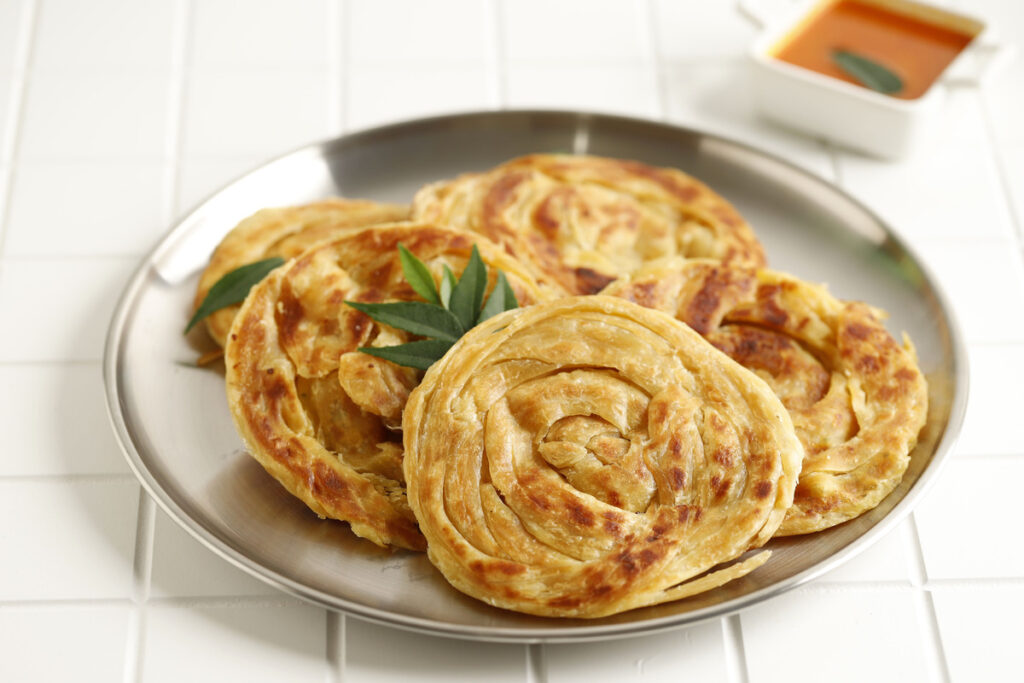
Layered Bread
Paratha is a famous layered bread, often stuffed with fillings like aloo (potato), paneer (Indian cottage cheese), or gobhi (cauliflower). This rich bread is pan-fried in ghee or oil, giving it a flaky texture that’s perfect for breakfast or as a hearty accompaniment to spicy curries.
Kulcha
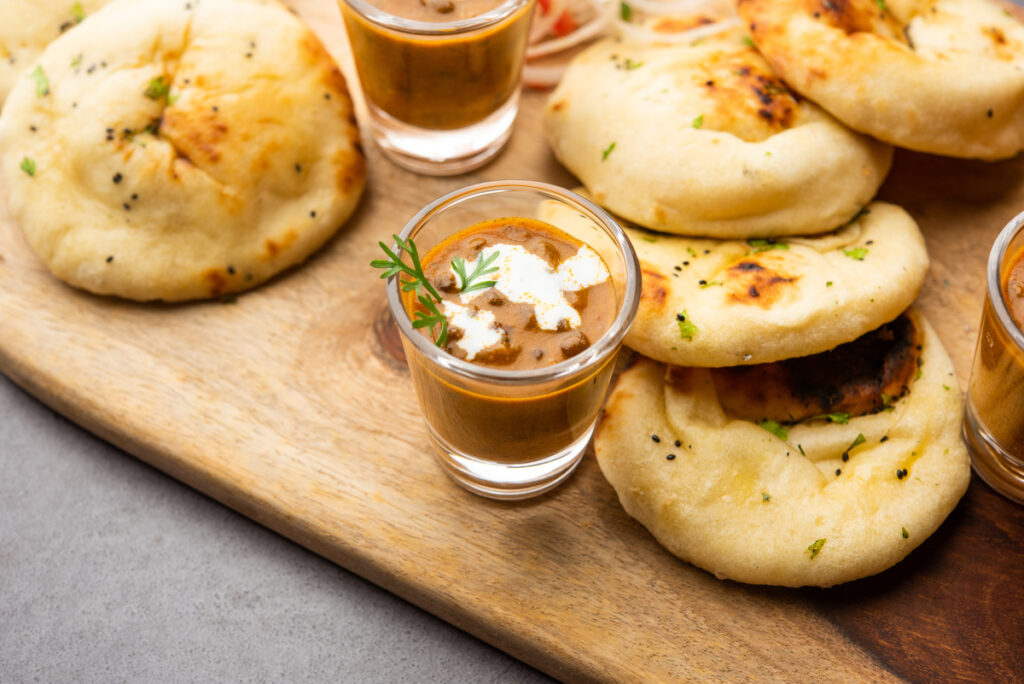
Soft Flatbread
Kulcha is similar to naan but made with refined flour and often baked with leavening agents. It’s typically served in North India and pairs beautifully with chole (spicy chickpeas). Amritsari kulcha, stuffed with a blend of spices and herbs, is especially popular.
Kuboos Bread
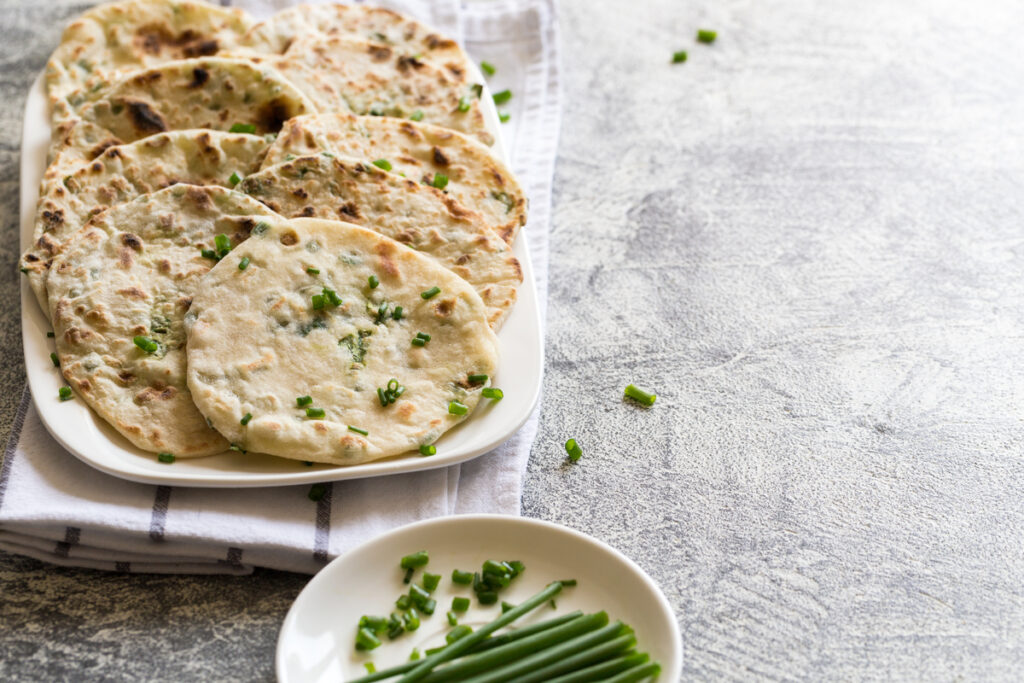
Pita Bread
Kuboos, a soft Arabic flatbread, has gained popularity in India, especially in southern regions. This fluffy bread, made from wheat flour, is ideal for wrapping kebabs and shawarma, adding a Middle Eastern touch to the Indian bread variety.
Regional Indian Bread to Try
Beyond these staples, India offers a world of regional bread varieties that add to its culinary diversity:
- Thepla (from Gujarat): A lightly spiced, thin flatbread made with fenugreek leaves, perfect for breakfast or snacks.
- Bhatura (from Punjab): A deep-fried, fluffy bread often enjoyed with spicy chole.
- Puri: A small, round, deep-fried bread commonly served with aloo bhaji or as a festive offering.
- Appam (from Kerala): A soft, lacy bread made from rice batter, traditionally paired with stew or curry.
How to Make Indian Breads at Home
For those interested in trying Indian bread recipes at home, here’s a simple guide to get started:
- Naan Recipe: Combine flour, yogurt, and a bit of yeast, then knead into a dough. Roll out flat and cook in a hot tandoor or skillet until puffed and golden.
- Chapathi Recipe: Mix whole wheat flour with water to form a soft dough. Roll into rounds and cook on a skillet until lightly browned.
- Paratha Recipe: Fill the dough with mashed potatoes, paneer, or spices, fold, and roll, then cook with ghee on a hot skillet for a deliciously flaky result.
Each bread brings its unique taste and texture to the table, enhancing any meal with its authenticity and regional flair.
Pairing Indian Breads with Dishes
The beauty of Indian breads lies in their versatility. Here are some popular pairings:
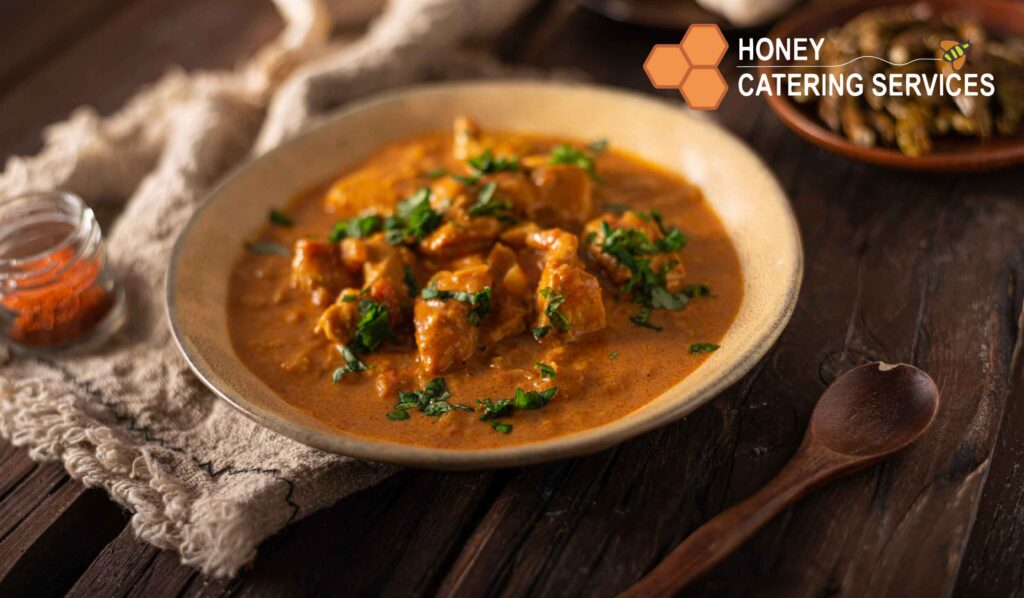
- Naan with rich gravies like butter chicken or paneer tikka masala.
- Chapathi with light vegetable curries and dals for a wholesome meal.
- Paratha with yogurt or pickles, ideal for breakfast or lunch.
- Kulcha with chole, a spicy chickpea curry, is a classic North Indian treat.
Health Benefits of Different Types of Indian Breads
Whole Wheat Chapati (Indian Roti)
- Good for Digestion: Whole wheat chapathi, a popular type of roti, is high in fiber, which supports digestion and keeps you full longer.
- Low in Fat: Chapathi is often cooked without oil, making it a low-calorie choice.
- Steady Energy: The complex carbs in chapati provide slow-release energy, helping to keep blood sugar levels stable.
Multigrain Roti
- Extra Nutrients: Multigrain rotis, made from a blend of wheat, oats, and millet, add more vitamins and minerals than single-grain rotis.
- Gluten-Free Option: Multigrain rotis can include gluten-free grains like millet, making them suitable for people with gluten sensitivities.
Paratha (Stuffed Indian Bread)
- Filling and Nutritious: Parathas, another popular type of bread, are stuffed with ingredients like potatoes, paneer, or cauliflower, adding fiber and protein.
- Quick Energy: Ghee or oil is used for cooking parathas, giving them an extra boost of energy, which is ideal for breakfast.
Millet-Based Rotis (e.g., Jowar, Bajra Roti)
- Gluten-Free: Made with millet grains like jowar and bajra, these rotis are naturally gluten-free.
- High in Nutrients: Millet rotis are packed with protein, iron, and antioxidants, supporting immunity and energy.
Naan and Kulcha Roti
- Rich in Energy: Naan and kulcha roti are made from refined flour, often brushed with ghee or butter, providing a quick source of energy.
- Extra Nutrients: Some naan varieties include added ingredients like sesame or flaxseeds, which provide iron and folate for blood health.
Health Tips for Consuming Indian Breads
- Choose Whole Grains: When possible, opt for whole wheat or multigrain versions, as they are higher in fiber and nutrients.
- Mind the Portion Size: While Indian breads are nutritious, consume them in moderation, especially those with added ghee or oil.
- Pair with Balanced Meals: Indian breads pair well with vegetables, legumes, and lean proteins, adding balance to your meal.
When made with wholesome ingredients, Indian breads offer a great combination of energy, fiber, and essential nutrients. They can be part of a balanced diet that supports digestion, heart health, and overall well-being.
Conclusion-Indian Breads
Indian breads are more than just an accompaniment; they’re a vital part of the Indian culinary experience, with each type adding distinct flavors and textures to every meal. Whether you prefer the soft, pillowy naan or the flaky layers of a paratha, each bread offers a delicious slice of India’s diverse food culture.
At Honey Catering Services, we pride ourselves on being the best caterers in Chennai, bringing the authentic flavors of Indian bread to your events. Our expert chefs prepare a wide range of bread, from traditional naan to unique regional favorites, ensuring a flavorful experience for you and your guests. Trust Honey Catering Services – the best buffet in Chennai to deliver the finest Indian breads across Chennai, adding a touch of tradition and taste to every occasion.

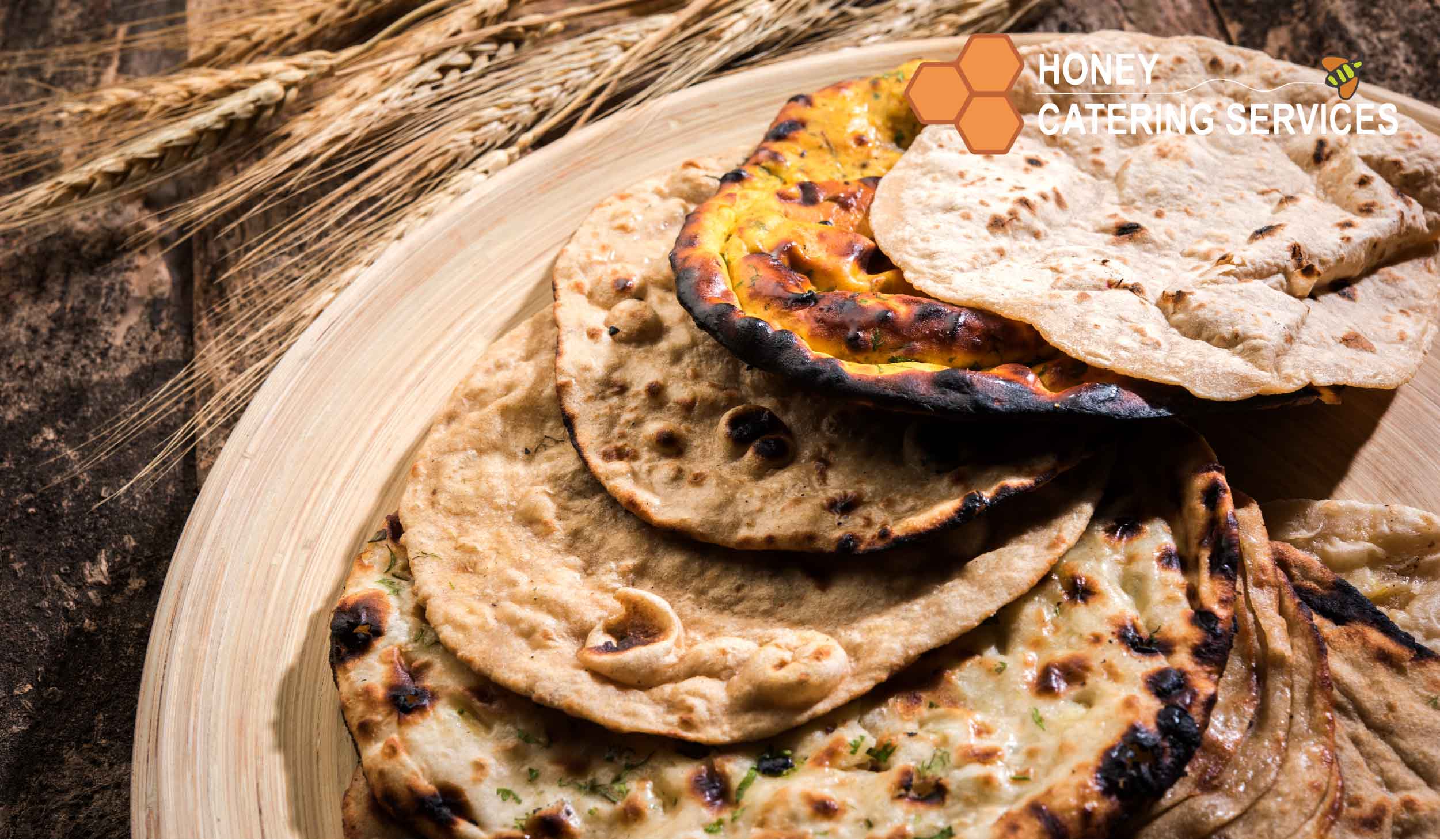
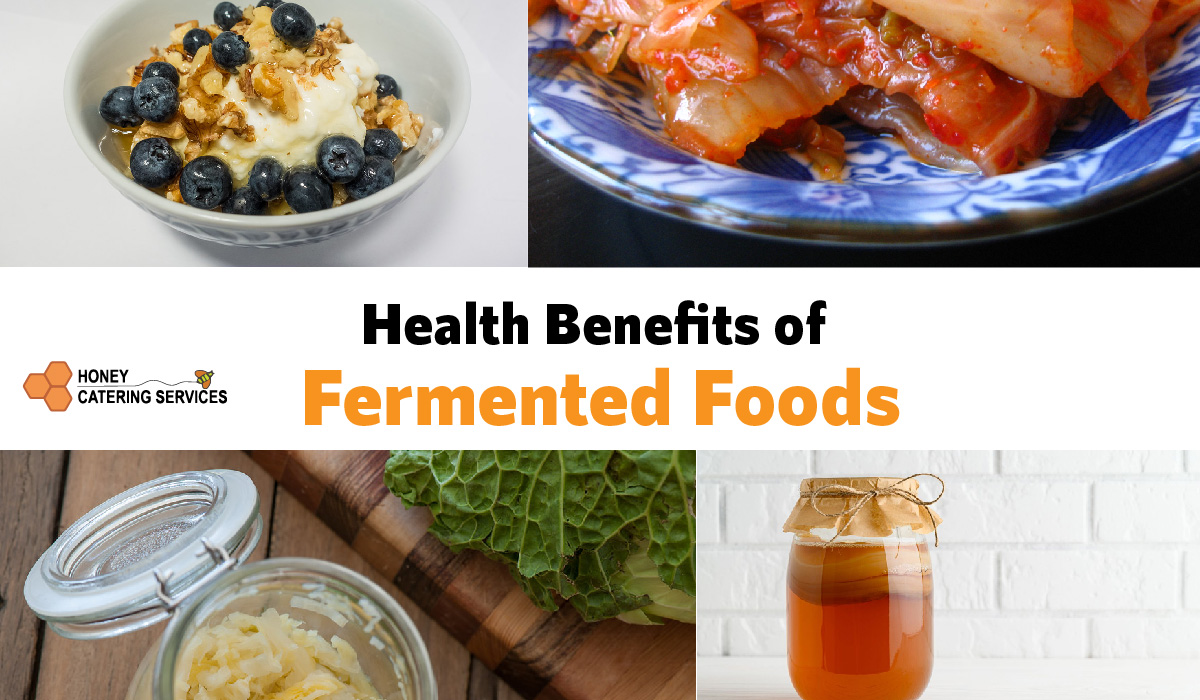
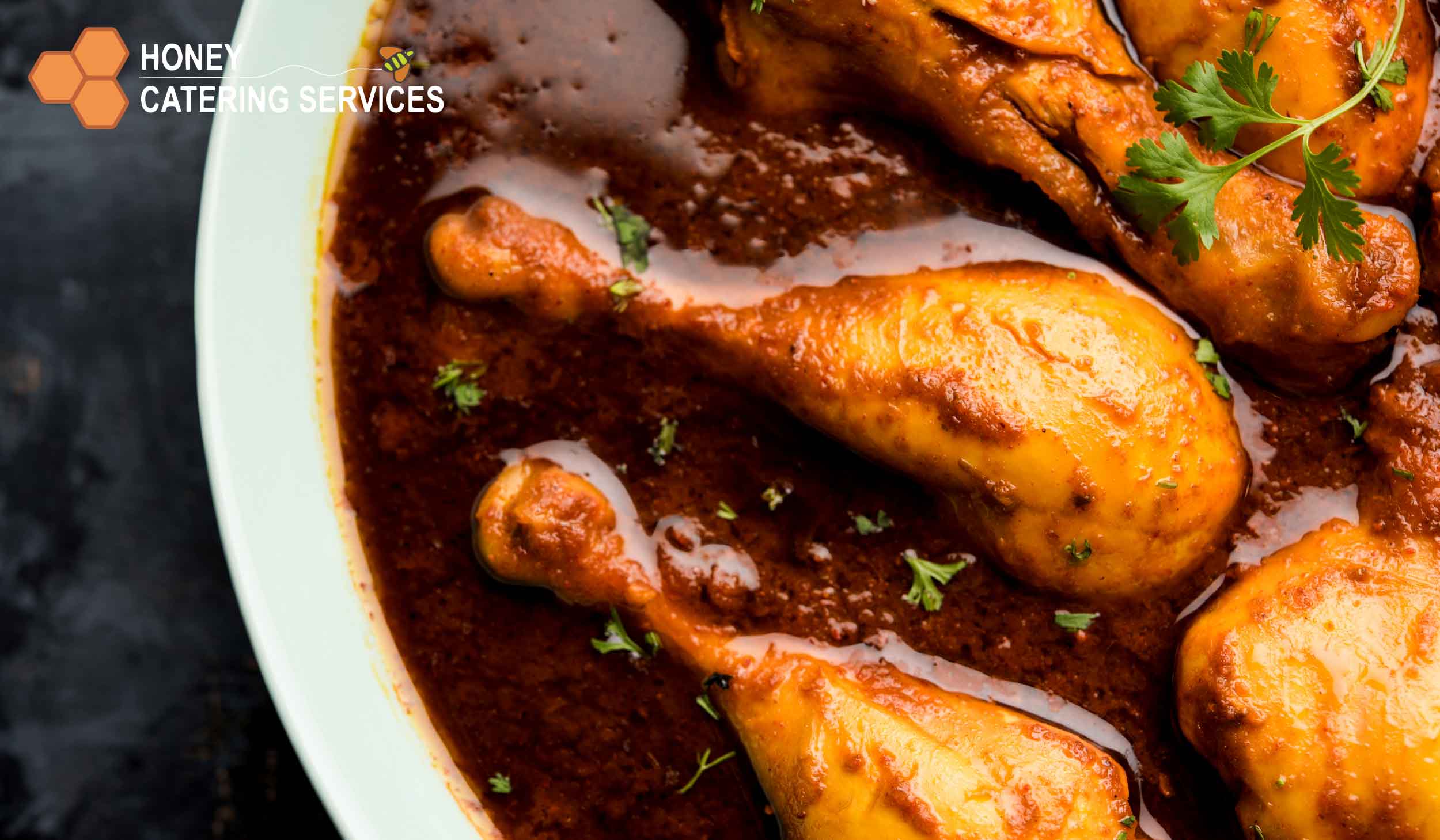
Pingback: Top 5 South Indian Food Menu list at Corporate Events -